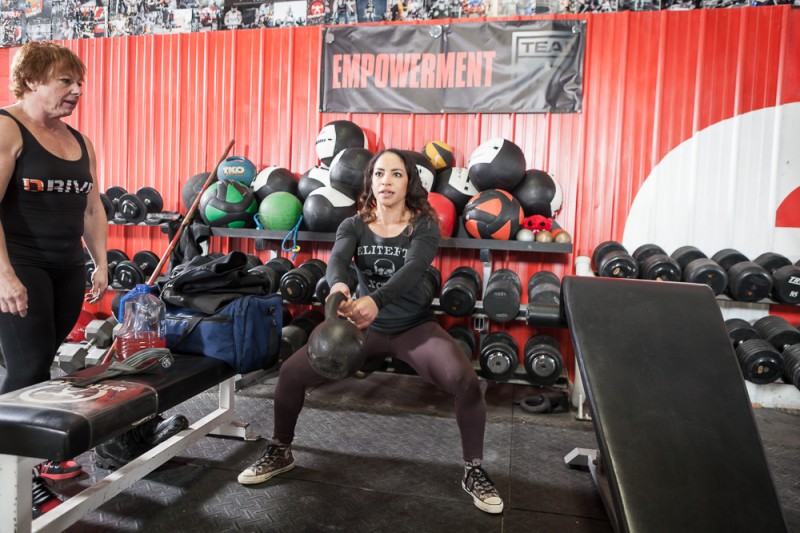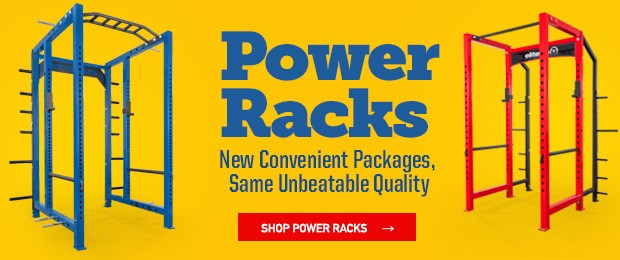
The headlines are everywhere.
You Must Master These Five Tests
Five Lifts You Must Use to Improve Your Squat
The One Movement You Must Have in Your Program
The Three Best Lifts You Aren't Using
Secret Lifts for Maximum Gains
Then you click the link or turn the page. For your trouble, you’re usually greeted with a series of activities that look like Cirque du Soleil routines or rejected events from World’s Strongest Man. I hate myself, so I read lots of articles like these even though I know I’ll get angry before I’m five lines in, and even though I know I’ll hate-read it no matter how bad the article is, prolonging my misery.
In submitting myself to this practice, however, I’ve developed a bit of a checklist that’s helped me to figure out what works (and what doesn’t) for my training and the training advice I offer others. I’m sharing the list today hoping it might serve as a clean rubric for cutting through the clutter of fitness information out there.
RECENT: Ten Time-Proven, Big-Three Technique Tweaks for Happy Joints
Because I think this is probably most useful to people with an audience (coaches, trainers, writers, etc.), I’ve phrased the questions broadly. To make them more applicable for your personal use or that of an individual client’s, just rephrase the questions to apply directly to yourself.
1. Is there a clear and differentiating aspect to the movement that would improve your performance in a target area?
Usually this is a case of common sense. To create an example, there’s little clear benefit to a one-legged barbell row. The two primary parts are 1) the row action and 2) bent torso, single-legged static stability. Individually, these two parts compete against each other: there’s not enough focus or loading for the row to help with anything, while the static hold for the active leg is likewise lacking any good stimulus. Put together, there’s no realistic sporting (or even general life) situation that involves anything like a one-legged barbell row.
In other cases, things aren’t so obvious. This happens when movements are promoted based on emerging or very technical fields. For example, if a movement is touted because it engages an aspect of neuroscience you aren’t familiar with, sometimes there’s research you can compare it to, and sometimes your only option is either walking away or giving the movement a shot for experimentation’s sake.
2. Is the exercise amenable to a variety of body types?
In the spirit of Olympics season, let’s look at the topic of gymnast-inspired exercises that fade in and out of the fitness discussion. Since the movements and routines are mostly inspired by men’s gymnastics, it’s important to understand that their intended beneficiaries are male gymnasts, i.e., guys who are built like golf tees, but slightly bigger.
In gymnastics and other tasks of relative strength, mass—even pure muscle—is inefficient in that when it increases, there isn’t a corresponding linear increase in strength. That’s partly why trees can only grow so tall, and partly why the ant can lift many times its weight while the elephant can’t. But extremes aren’t needed to see this when you notice that gymnasts of all stripes fall into a range of heights, weights, and body proportions. This is evident even in women’s gymnastics, where despite changes in scoring that benefit explosive athletes more than ever, women beyond their teens still seem to be at a disadvantage when it comes to bodily changes associated with aging.
WATCH: Table Talk — Analyzing Training Methods
If you’re investigating a movement that seems hardwired for a certain body-type, you may be disqualified from benefitting from it (or using it altogether) if you’re of a certain size, regardless of your body composition or athletic abilities. And it’s also likely that the movement is only going to help develop itself and a narrow subset of similar movements.
3. Is the exercise reasonably variable?
Even if you can perform a restrictive exercise, unless you can meaningfully progress with it, it’ll be of limited usefulness. Take the handstand. The simplest and safest way to make a full handstand more difficult is to simply perform the handstand for longer periods and/or more repetitions. Bodily perturbations can challenge the movement, but at the same time tax patterns and systems dissimilar from the handstand itself. By training for time, the main effect you cultivate is endurance strength improvement in the handstand, which can be fine if that’s your only concern. If you’re looking for greater carryover to other forms of training, though, a better option would be overhead holds with dumbbells, barbells, or kettlebells. While they don’t have the proprioceptive benefit of a closed-chain handstand, these movements are infinitely easier to change in difficulty and to vary in technique.
4. Does it exacerbate pain/injury issues common among long-term lifters?
“Don’t do this movement if you’ve had any shoulder problems.” Well congratulations, your exercise is contraindicated for use by most of the lifting population over 30, or anybody who’s been involved with football, rugby, wrestling, gymnastics, MMA, judo, baseball, and probably a dozen other activities I can’t think of at the moment.
5. Can you stay reasonably safe even if there’s a technique failure or non-completion?
For all the attention bad deadlift technique gets, even the sloppiest deadlift won’t lead to instant vertebral failure and subsequent paralysis. On the other hand, if the plates fall off your hand during an overhead waiter’s hold, you might be in for some trouble.
If you’re a budding coach and you use these criteria to evaluate a movement for broad inclusion in your client/athlete programming, answering "yes" to all of these is a good sign. For the same coach or a lifter looking to change your programming, answering "yes" to most of these questions is a good sign. If most of your answers are "no," though, you might want to rethink things. There are too many good exercises out there with too many compelling variations to waste your time on brain-dead novelties.
Bonus 1: Is the exercise more than a decade old?
Bonus 2: Is the exercise named descriptively or after someone other than the person telling you about it?
Sometimes it’s pretty simple. Not to get all ad hominem, but if someone’s inventing lifts and they aren’t certifiable training geniuses, that individual probably belongs to the worst of the click-bait, bottom-feeding fitness writers and editors who are plaguing the internet these days. On the other hand, if having a name attached to a movement has been earned—a guy like John Meadows figuring out something different, or folks calling the old elbows-out press a “Tate Press” because Dave popularized it—there’s a good chance you’ve come across a movement that’s worth your time.












Maybe a good follow up to this would be something about any seemingly stupid circus tricks that actually work?
Keep up the great work!